A roofer is someone who works on roofs. They may be a licensed roofer, a general contractor who does roofs, or part of a roofing company.

Roofing Contractors South Jersey will have many positive reviews and be well-established in the community and online. They will also carry liability and workers’ compensation insurance.
Roofing contractors need to have the appropriate qualifications to do their jobs well. This includes having the required licenses and insurance to operate legally, as well as the knowledge and skills to install, repair, and maintain roofs properly. The proper training and experience also helps them stay updated with industry trends.
In some states, there are specific requirements for a roofing contractor to work on a particular type of roof. This includes obtaining a state license, as well as meeting any specific local permit or licensing requirements. Roofing contractors can obtain the necessary qualifications through education, apprenticeships, or entry-level employment. In addition, they can take courses or certification exams to help them learn the latest roofing techniques.
One of the most important qualifications of a roofing contractor is that they have liability and workers’ compensation insurance. This protects the homeowner in case of injury or property damage caused during the project. It is also a sign of professionalism and shows that the contractor takes their work seriously.
Many states require a license for roofing contractors to do commercial or residential work. In Alabama, for example, the Roofing and Sheet Metal Contractors License is required for projects over $50,000 in value. The requirements include passing a trade exam and having four years of experience as a journeyman, foreman, or supervisor.
In New York, roofing contractors need to be licensed by the Department of Consumer Affairs to work on residential properties. They also need to register their business and provide proof of insurance to comply with state regulations.
Most reputable roofing contractors offer at least a 5-year guarantee on their workmanship. This is because they are confident that their work will last. They may even offer a longer warranty depending on the materials and complexity of the job.
The right roofing contractor can make all the difference during a storm season when heavy rains and high winds can cause serious damage to your home’s roof. Choosing a local contractor also provides more personalized service. They often have an office that you can go to if you have any questions or concerns about your project. This is in contrast to larger companies where you might not know who to contact if there are any problems or delays during the process.
Licensing and Certifications
In some cases, states require roofing contractors to be licensed in order to operate. The specific requirements vary from state to state, but may include taking a course, passing an exam, or completing an apprenticeship. Some states also require certification from third-party organizations. This certification usually proves that the roofing contractor has met certain standards, which can help to ensure quality work.
It’s also important to note that some states have licensing requirements on both the state and county level, so it’s best to check with the local government to see what their rules are.
Whether or not roofing contractors need to be licensed depends on the state and the county. In general, the state requirements are more comprehensive than those on the county level. In some cases, a roofing contractor will need to pass an exam and provide proof of insurance in order to get a license.
In New Mexico, for instance, roofing contractors need to be licensed in order to operate in the state. This requirement is set at the state level and requires passing a trade exam, a business law exam, and a financial management test. In addition, a roofing contractor will need to have at least two years of experience in the industry.
Another state that requires roofing contractors to be licensed is Alabama. This is because of its extensive building codes and regulations. Specifically, roofing and sheet metal contractors need to have a state license. To obtain this, roofing contractors will need to meet a number of requirements, including demonstrating that they have completed commercial projects worth more than $50,000 and having Proof of insurance.
In Nevada, a roofing contractor needs to have a C-15a Roofing Contractor license, which is issued by the state’s contractor’s board. This license requires four years of experience in the field, passing a trade, business, and law exam, as well as providing Proof of insurance.
Experience
Roofing contractors have extensive knowledge of the various facets of a roof installation. They have the expertise to handle any unforeseen issues that may arise during a job, and are able to use their previous experience to complete projects on time and within budget. Roofing contractors are also able to provide homeowners with material and labour warranties for their work. These warranties offer added peace of mind that a quality job has been done and will continue to be performed in the future. A roofing contractor is able to perform other home improvement tasks as well, such as siding and window installations. These services are often performed by contractors that are based locally, and have built standing with manufacturers that allow them to offer substantial warranties on their products as well.
When choosing a roofing contractor, homeowners should request price estimates from multiple companies and compare them. This will allow them to determine what repairs are needed, the average cost for these repairs in their area and will help them avoid hiring a contractor that may scam them or not perform a quality job. When getting these price estimates, it is important to ensure that the estimate specifies what work will be completed and if any materials will be used, as well as an expected timeline for completion of the job.
It is also a good idea to meet the roofing contractor in person before hiring them, to form a first impression of their personality and working style. This can also be an opportunity for a homeowner to ask questions and discuss any concerns that they might have about the project. Many roofers will also be able to provide references and professional reputation as well, which can be helpful when trying to decide who is the best fit for the job.
When it comes to re-roofing, the actual installation is fairly repetitive and physical work for a team of workers. The process of unfurling layers of underlayment and securing them to the roof, followed by applying each shingle and then sealing the seams and dormers with caulking is lengthy, tedious work. This type of work requires a lot of physical labor, so it is important for a roofing contractor to have a reliable team of experienced and hardworking professionals to perform these tasks efficiently.
Pricing
Roofing is a labor-intensive task that requires specialized tools and expertise. Hiring a roofing contractor is an effective way to ensure that the work is done right and at a fair price. However, not all roofing contractors are created equal. Some may charge unreasonably low prices, while others use high-pressure sales tactics to sway you into making a quick decision. In either case, it is important to get multiple estimates and compare them before hiring a contractor.
The cost of a new roof will vary depending on the size and complexity of the job, as well as the materials used. Typically, professional roofing contractors charge by the square, with one square equaling 100 square feet. Labor fees make up the bulk of this fee, and the costs of materials will also vary based on your home’s size and location. Additionally, premium materials like tile or slate are more expensive than traditional shingles.
Other factors that can add to the cost of a project include the condition of the existing roof, the number of roof penetrations (such as chimneys, skylights, and plumbing pipes), and the amount of debris that needs to be removed from the site. A roofing contractor will be able to assess all of these details and estimate the cost of your job.
When choosing a roofing contractor, look for someone who is licensed and insured, offers certified installations from quality manufacturers, and has a long history of excellent customer service. It is also important to select a contractor who will communicate clearly and professionally throughout the process. Finally, a reputable contractor will always provide you with a written contract that outlines the work to be performed and the associated costs. If a contractor is reluctant to provide a contract or uses high-pressure sales tactics, this should be a red flag.

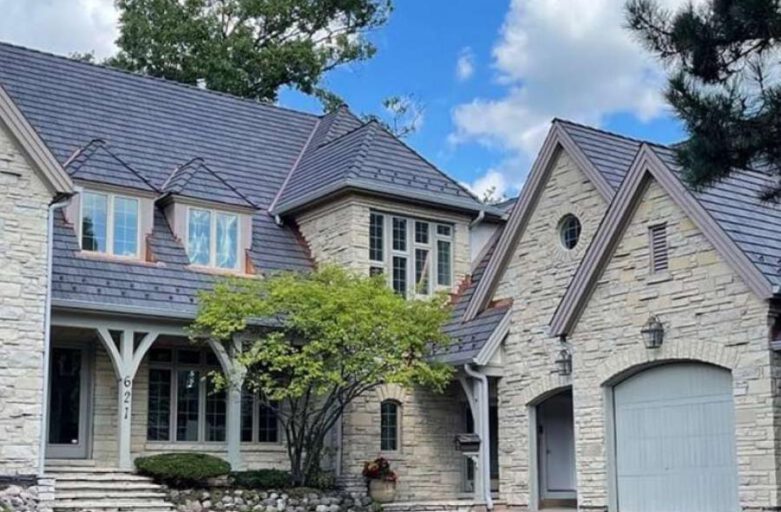


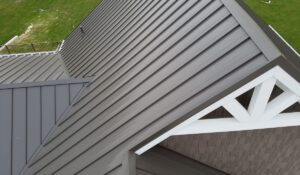
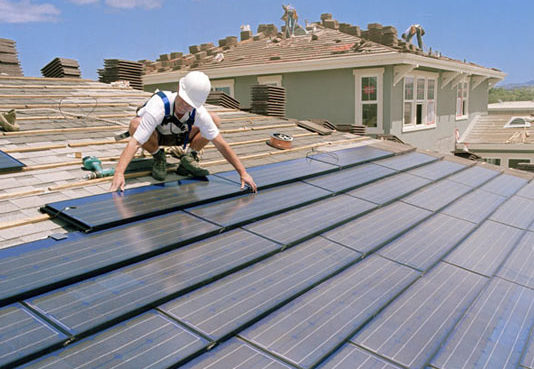
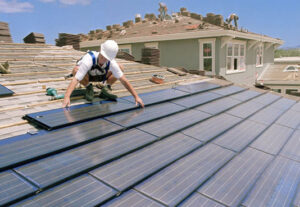
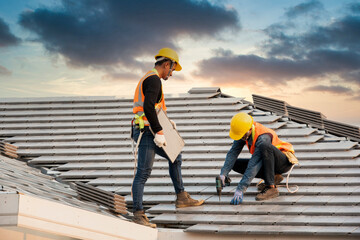
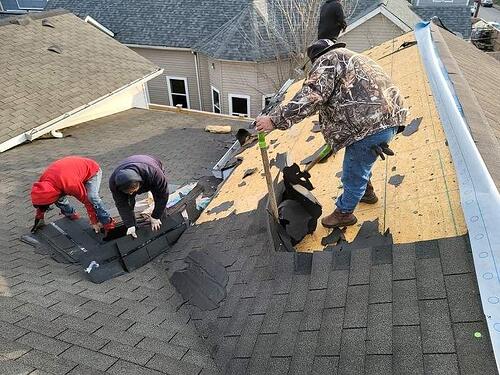
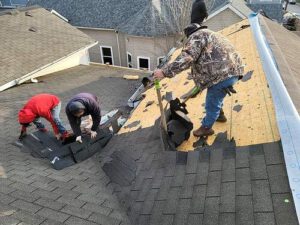
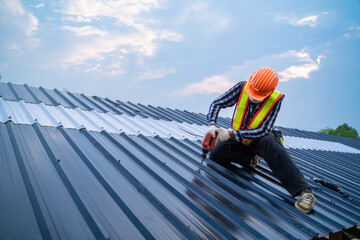
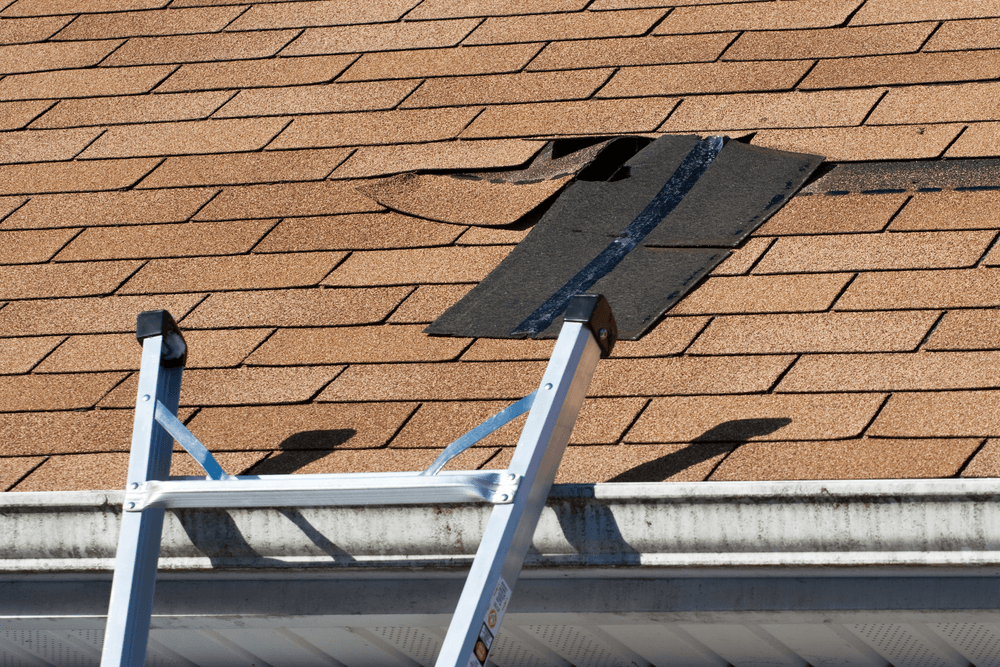
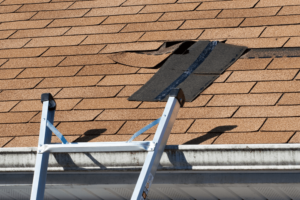


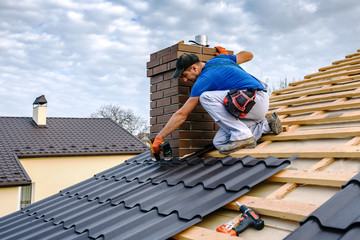
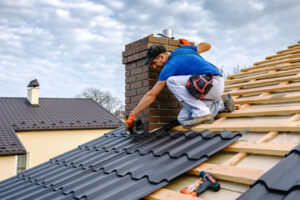 There are many benefits to a flat roof, including its ability to reduce evaporation. This material is highly durable, so it is best to seek the services of a professional roofer. A properly-constructed roof will prevent the weather from compromising your home or business. And if you decide to go with a flat roof, you should consider the pros and cons of each type before making the final decision. Roofing materials are not only functional, but they are also attractive.
There are many benefits to a flat roof, including its ability to reduce evaporation. This material is highly durable, so it is best to seek the services of a professional roofer. A properly-constructed roof will prevent the weather from compromising your home or business. And if you decide to go with a flat roof, you should consider the pros and cons of each type before making the final decision. Roofing materials are not only functional, but they are also attractive.